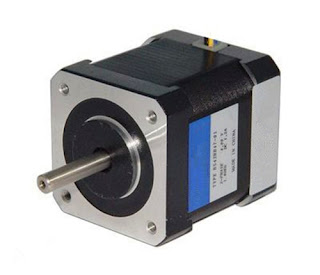When choosing a universal milling machine, three of the most important machine parameters must be carefully confirmed, including the spindle taper, the worktable size and the worktable travel. Because these three parameters directly determine whether the milling machine you buy can meet the needs of your use. But for the parameters of the spindle taper, many people, especially those who have just entered the machine tool industry, will feel more strange. Now let's just analyze it.
First of all we have to understand what is taper. By definition, taper refers to the ratio of the diameter of the underside of the cone to the height of the cone; in the case of a truncated cone, the ratio of the diameter difference of the upper and lower circles to the height of the truncated cone.
People who are engaged in machine tool industry often talk about NT40, R8, ISO40, ISO50 and other words when talking about machine tools. Yes, these are the taper of the spindle of a machine tool. There are so many different expressions, because the taper standards used by different machine tools are different, so the way of naming is different. In practice, there are many kinds of specifications for machine tool taper, and specifications are varied. Here we cannot elaborate one by one. If interested, you can access a standard data. Now let's talk about common taper standards.
The common taper of all kinds of machine tool products: Morse taper (MT), R8, ISO (7:24), BT30, BT40, BT50 and so on. The taper of the machine tool under a specific standard is determined mainly according to the function and performance of the machine tool.
The Morse taper was invented in nineteenth Century by an American mechanic Stephen A. Morse to solve the problem of the clamping of the twist drill. It was later popularized as a American Standard and gradually developed into one of the global standards. The taper has seven models with 0, 1, 2, 3, 4, 5, 6. The taper value has a certain change. The taper is also divided into a long cone and a short cone. The long cone is used in the spindle hole of the active machine tool, and the short cone is used for the machine tool accessories. The taper is mainly used in drilling machine and lathe. Because of the long length of the taper and the good orientation of the axis, it is very suitable for the use of bore holes and reaming holes.
ISO (7:24) is an international standard. Although the guide length is shorter, but the taper hole area is large, very suitable for milling. So it is widely used in milling machines, such as universal milling machine, vertical milling machine and so on. When buying universal milling machines, usually according to the power of the milling machine to choose a different cone, such as ISO30, ISO40, ISO50 milling machine. Small power milling machines need to be equipped with smaller tapered bore, while larger power milling machines are equipped with larger tapered bore.
BT is a Japanese standard, with a taper at 7:24. BT40 and BT50 are mostly used on CNC machine tools. Because the CNC machine tool products need to achieve automatic tool change, so the spindle taper is required to be accurate and easier to fall off when the knife is changed. The BT taper can be considered to be produced by removing the tail on the basis of the ISO taper. It is more convenient and quicker when changing the knife.
When the metal processing universal milling machine is finished, the taper of the spindle can not be changed easily. Therefore, only to determine the use of demand, and then use the demand to determine the need for milling spindle taper, as an important reference to buy milling machine, which is the right approach.































